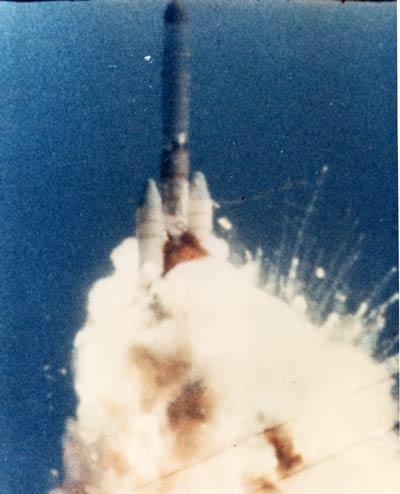It may be natural for former Vice President Al Gore to express discontent with the state of democracy in the U.S. His remark that “we have to solve the democracy crisis” comes a little more than two minutes into his new slideshow on TED.com. He doesn’t elaborate, nor does he identify a nation whose version of democracy he prefers. Perhaps he would prefer our democracy to be less participatory, so long as it was dedicated to the higher cause of controlling atmospheric carbon.
Historical note: We first encountered then-Senator Gore’s environmental activism about 20 years ago. We were serving at the Air Force Rocket Propulsion Laboratory — perhaps its name had changed to the Astronautics Laboratory by then, we don’t recall — as Chief of Bioenvironmental Engineering, and were called upon to answer a Congressional Inquiry from the senator. We produced a detailed report on the emissions from our rocket testing, to answer the question of whether proposed revisions to the Clean Air Act would hamper our development of national security-related propulsion technology. (These were the days of dot-matrix printers and e-mail did not exist, so we stood at what was probably a 2400-baud fax machine, hand-feeding our 30-page report into the thing; it’s a wonder we got anything done back then, things were so primitive.)
Back on topic: We were very interested in — read, “concerned by” — Mr. Gore’s assertion that it’s one thing to change our individual behaviors, but “it’s more important to change the laws.” What does that mean? If a law typically either requires something or prohibits something, what new requirements or prohibitions would he put on our citizenry? In pursuit of the elusive carbon molecules, would we be required to purchase and use mercury-containing fluorescent bulbs,* or to pay a tax on all our exhalations?
Note that we’re not challenging the scientific argument, because we haven’t studied the subject enough and frankly our days as an environmental engineer were limited and long ago. Some of the evidence, like the loss of ice caps, is quite compelling; we recall discussing the relative thinness of the ice sheet we stood on in North Star Bay at Thule Air Base in Greenland during the spring of 2001. No, what we’re challenging is the idea that governmental action is the best means of addressing the issue.
We challenge the assertion that we have a democracy crisis. Our democracy is deliberately deliberative, yes, and can be slow to act — especially from the perspective of those who feel like they are ones calling in the wilderness. But quick action is not necessarily good just because it is swift; and neither is carefully considered action necessarily bad.
___
* For the record, we already use them in several of our lamps, despite the fact that their light is quite garish and uncomfortable to our eyes. We’ll try not to break them.



 by
by 











